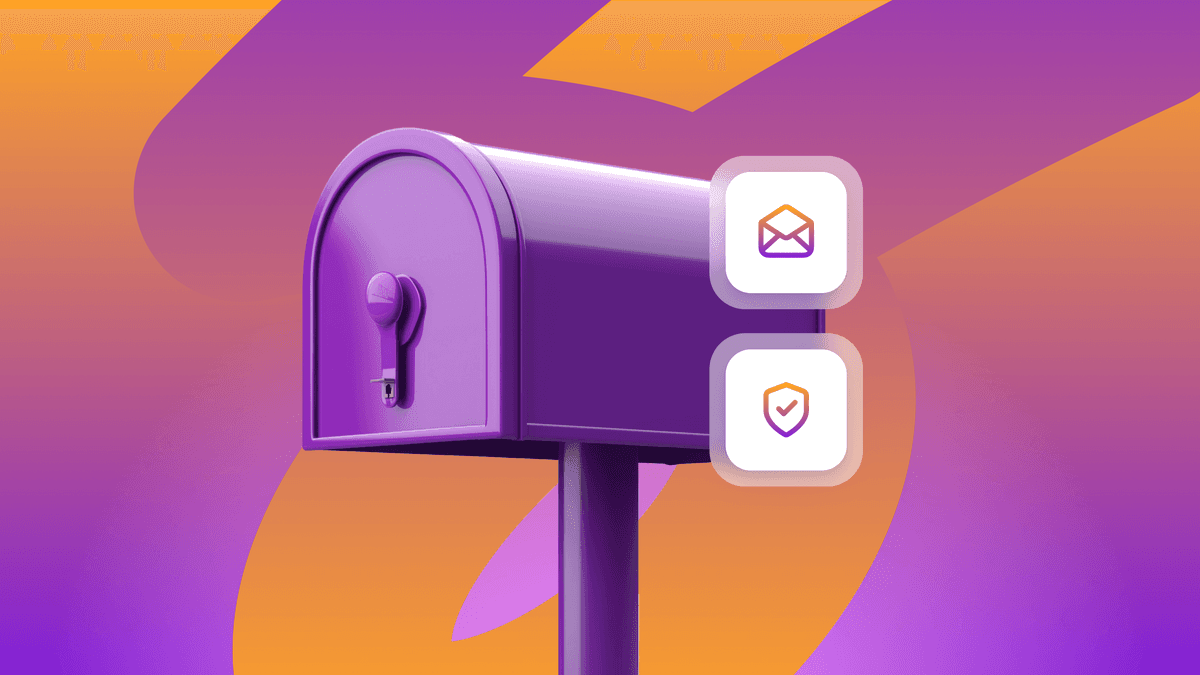Behind Web Push [Part 2]: The History of Web Push
Published on January 31, 2020/Last edited on January 31, 2020/2 min read
![Behind Web Push [Part 2]: The History of Web Push](/_next/image?url=https%3A%2F%2Fcdn.sanity.io%2Fimages%2Fb7pblshe%2Fmarketing-prod%2F840b321d44aa418c03e9c8bf57a1af38fd0d53ed-1200x630.jpg&w=1200&q=75)

Todd Grennan
Managing Editor, Content Marketing at BrazeWhen it comes to customer engagement channels, web push is the new kid on the block. We’ve had email since the 1960s and traditional mobile app push notifications since 2009, but web push in its most basic form dates back only about five years.
Back in December 2014, Google brought web push notifications kicking and screaming into the world by adding support to this previously unknown message channel on their Chrome desktop browser. But while web push’s potential—namely making it possible to directly engage web users even when they’re not on a given webpage—was clear from day one, the functionality wasn’t really there. That first version of web push depended on Google Cloud Messaging to power its outreach and relied on custom API requests that weren’t a web standard, among other eccentricities, limiting its effectiveness and adoption by brands.
Opera added web push support later that year. And by December 2015, the landscape was changing. Google and Mozilla announced that Chrome 48 and Firefox 44, respectively, would include built-in support for a 2.0 approach to web push notifications. (Apple also began supporting a version of web push on version 7 of its desktop Safari browser, while Microsoft’s Edge browser kicked off web push support in 2018.) This modernized take on web push made the use of this messaging channel simpler and more scalable for marketing, growth, and engagement teams, and set the stage for more widespread adoption of this channel. And around this same time, a little company called Appboy—now Braze—announced web push support in December 2015, too, bringing this exciting new outreach tool to its hundreds of customers.
Anything else?
Looking to learn more about web push? Check out:
Related Tags
Be Absolutely Engaging.™
Sign up for regular updates from Braze.
Related Content
View the Blog
Look out: Outlook's new email requirements and what they mean for Braze senders

Alison Gootee

How the Braze Data Platform enhances flexibility and fosters collaboration

Sahiz Kaur

Customer churn prediction: Using data for smarter retention
